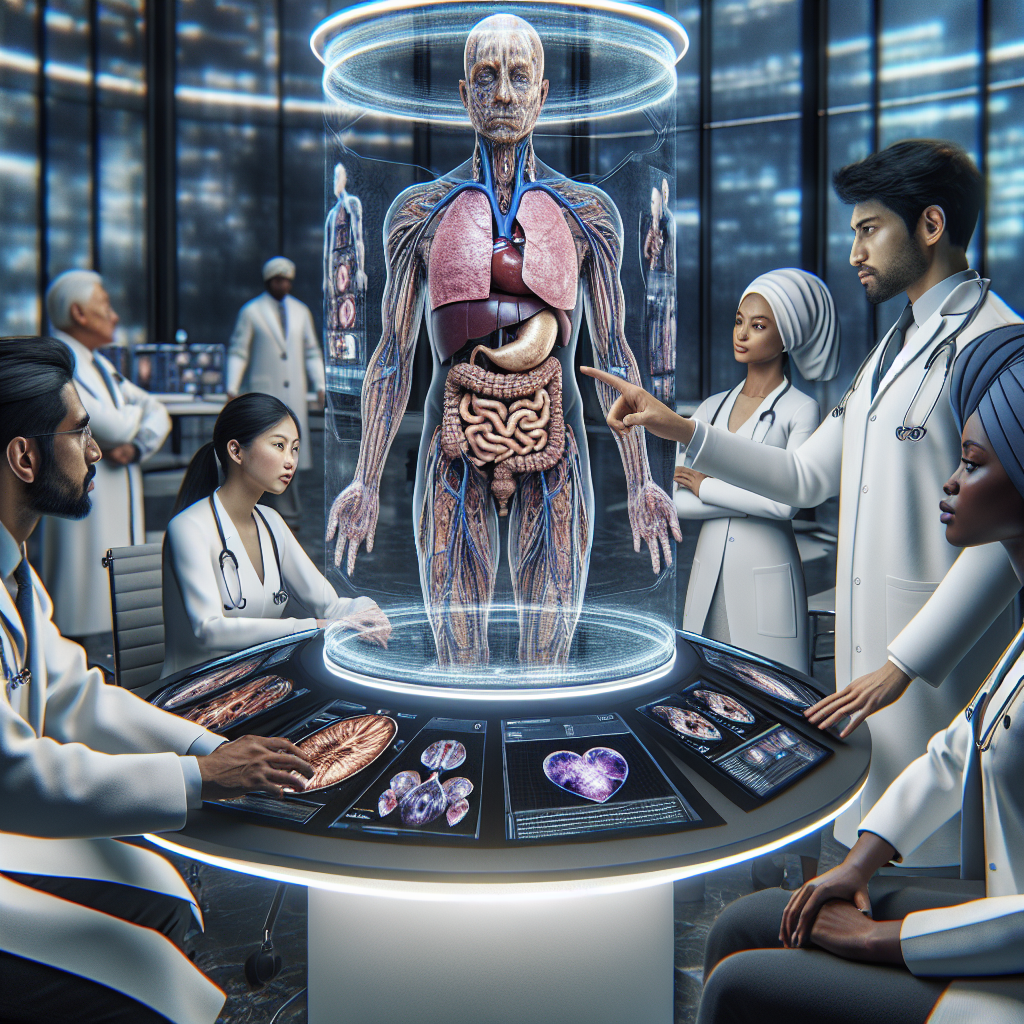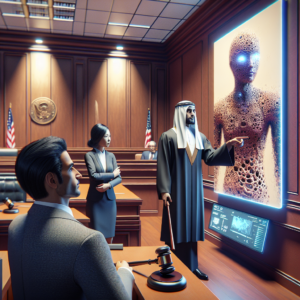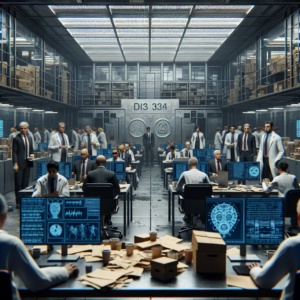How AI Can Spot Diseases That Doctors Aren’t Looking For
In recent years, the realm of artificial intelligence (AI) has begun to revolutionize various industries, and healthcare is no exception. As technology continues to advance, the potential for AI to assist in medical diagnosis is becoming increasingly apparent. It is now possible for AI to identify diseases that may go unnoticed by doctors, thereby improving patient outcomes and enhancing the overall quality of healthcare.
The Rise of AI in Healthcare
AI systems have made significant strides in the healthcare sector, primarily due to their ability to analyze vast amounts of data quickly and accurately. Traditional diagnostic methods often rely on human expertise, which can be limited by factors such as fatigue, biases, and the sheer volume of cases. AI, on the other hand, can sift through hundreds of thousands of patient records, lab results, and imaging studies to find patterns that may indicate an underlying disease.
One of the significant advantages of AI is its potential to enhance early detection of diseases. Early diagnosis can often lead to more effective treatments and can significantly improve patient survival rates. For instance, AI algorithms can analyze medical images to detect signs of conditions like cancer at a stage when a human eye might miss them.
How AI Detects Hidden Diseases
AI utilizes several methodologies to detect diseases that may not be evident during routine examinations. The following are some of the most prominent techniques employed by AI systems:
1. Machine Learning: This technology allows AI to learn from data and improve its accuracy over time. By training on extensive datasets that include various diseases and their symptoms, AI can identify subtle patterns and correlations that may not be apparent to human observers.
2. Deep Learning: A more advanced branch of machine learning, deep learning uses neural networks to process data. These networks can find complex relationships within data, enabling AI to recognize intricate signs of diseases, even at early stages. For example, deep learning has shown promise in identifying diabetic retinopathy from retinal images, often catching the condition before it becomes severe.
3. Natural Language Processing (NLP): This technology helps AI systems interpret and analyze text data from medical records, research papers, and clinical notes. By extracting relevant information, AI can identify potential risk factors and symptoms that healthcare professionals might overlook, leading to more accurate diagnoses.
Examples of AI in Disease Detection
AI has been successfully implemented in various fields of medicine, showcasing its ability to identify diseases that clinicians might miss. Here are a few noteworthy examples:
1. Radiology: AI algorithms have been developed to assist radiologists in detecting anomalies in medical imaging. Studies have shown that AI can match or even surpass human performance in identifying conditions such as lung cancer in CT scans or breast cancer in mammograms. By flagging unusual findings, AI allows radiologists to focus their attention on high-risk cases.
2. Dermatology: Skin cancer is one of the most common forms of cancer, yet early detection can significantly enhance treatment success. AI systems have been trained to analyze images of skin lesions and can effectively distinguish between benign and malignant growths. In some cases, AI has proven to be more accurate than dermatologists in identifying skin cancers.
3. Cardiology: AI has also made inroads in cardiology, where it analyzes data from electrocardiograms (ECGs). For instance, AI algorithms can identify arrhythmias that may not be evident to healthcare providers. Moreover, they can predict the likelihood of future cardiac events by analyzing a patient’s history and lifestyle factors.
The Role of AI in Preventive Medicine
Preventive medicine focuses on identifying and mitigating risks before they develop into serious health issues. AI plays a vital role in this field by analyzing data from various sources, including wearable devices and health apps. By continuously monitoring patients’ biometric data, AI can identify abnormalities that warrant further examination.
For example, AI can analyze heart rate variability, sleep patterns, and physical activity levels to provide insights into a patient’s overall health. If significant deviations are detected, the system can alert healthcare providers and suggest preventive measures. This proactive approach can lead to earlier interventions and better health outcomes for patients.
The Challenges and Limitations of AI in Healthcare
While the potential for AI in healthcare is vast, there are several challenges that need to be addressed:
1. Data Quality and Availability: AI systems rely on high-quality data to function effectively. In many cases, healthcare data can be incomplete, inconsistent, or biased. Ensuring that AI systems are trained on diverse and representative datasets is crucial to achieving accurate results.
2. Ethical Considerations: The use of AI in healthcare raises ethical questions regarding privacy and consent. Patients must be informed about how their data will be used, and safeguards must be in place to protect sensitive information.
3. Integration with Existing Systems: Integrating AI into existing healthcare infrastructures can be a complex process. Healthcare providers need to ensure that AI tools complement human expertise rather than replace it. There must be a collaborative approach between AI systems and medical professionals to ensure optimal patient care.
The Future of AI in Disease Detection
As technology continues to evolve, the role of AI in healthcare is expected to expand. Innovations such as improved algorithms, enhanced data analytics, and better integration with healthcare systems will likely lead to even greater advancements in disease detection.
Moreover, as AI becomes more sophisticated, it may not only assist in diagnosing known conditions but also help discover new diseases or understand the complexities of existing ones.
In conclusion, the integration of AI in healthcare presents a promising opportunity to enhance disease detection and improve patient outcomes. By identifying diseases that doctors may not consider, AI has the potential to save lives and transform the way we approach health care. As we move forward, continued investment in AI research and development, alongside ethical considerations and training for healthcare professionals, will be essential in realizing AI’s full potential in the medical field.



